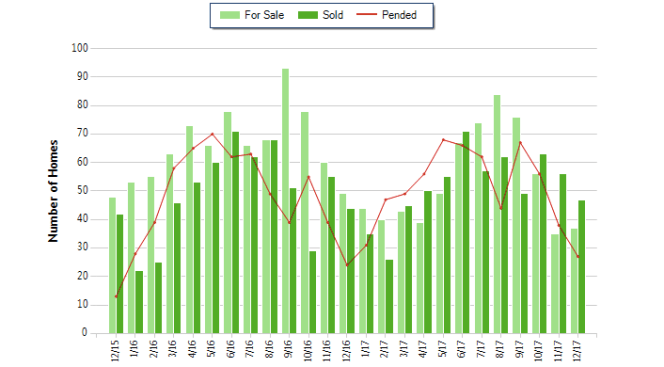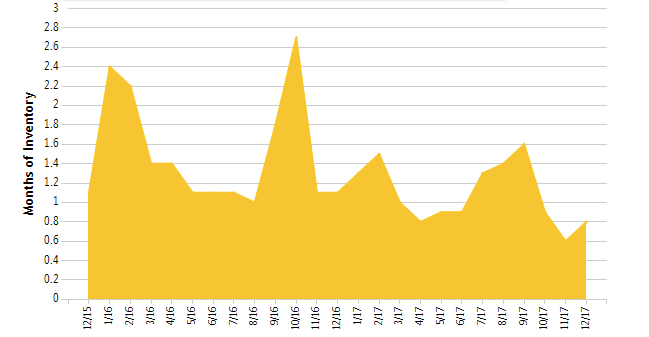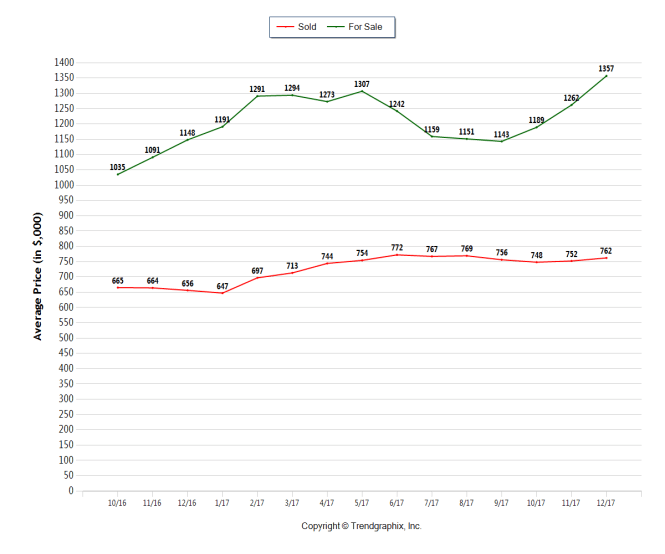
A lot of people ask what’s different about buying new construction. We are seeing a lot of new construction coming up in the area with such a high demand for properties that it’s important to know what makes it unique for buyers!
First of all, you’re buying from the person who built it, not the person who called it home. The property is often one of many the builder is trying to sell. This can lead to a different dynamic both in negotiating and throughout the transaction.
What can you expect? Here are some of the most important things to consider when buying new construction.
1. Find a great agent.
Be sure it’s someone who has experience in new construction and isn’t affiliated with the builder. Model homes are typically staffed by a real estate agent who has a relationship with the builder. It’s important for you to have an agent to represent your best interests, from advising you on how to structure your offer to be most appealing to the builder to making choices that can affect your home’s resale value. Some developments have site registration policies that require your agent to accompany you on one of your first few visits.
Tip: Ask your agent to check the site’s registration policy before you go. Your agent may be able to register you online or via phone so you can visit the model at your convenience. Or you may arrange a time to look at the community with your agent.
2. Be creative during negotiations.
Builders don’t like to drop their prices. Instead, consider asking for the builder to pay closing costs or perform upgrades at no additional charge. Builders are often reluctant to set a precedent for negotiating prices since future buyers in the development may expect similar discounts. Consequently, builders are often more likely to negotiate “on the back end” since closing costs and upgrades are a less obvious way for them to sweeten a deal.
Tip: If you’re considering an offer, ask your agent to research the builder’s negotiating style on prior sales in the community and other developments they have built to determine if there is a particularly effective way to approach the offer.
3. Get everything in writing.
Don’t sign anything until everything has been negotiated, agreed upon and written into the contract. If you’re considering purchasing a home that is not yet complete, it’s very important to spell out how the home will be finished, what will happen if construction is not completed on time and the deadlines for decisions that will occur through the process. Verbal conversations are not binding, so everything important must be put in writing and signed by all parties.
Tip: Builders often use customized purchase agreement documents in place of standard forms commonly used in your area. Ask your agent to get a copy of the builder’s documents to review in advance.
4. What you see isn’t always what you get.
The fit and finish of the model home doesn’t necessarily represent what comes standard.Often the model home reflects a mix of standard materials and fixtures, as well as a handful of upgrades. When touring the model home, make sure to find out which is which. The important thing is to know exactly what you’ll be getting, what’s available and, of course, what it will cost. Keep in mind that costs can change. The price quoted at the start may not be the same when you decide to move forward.
Tip: Ask your agent to help you get a list of standard features and, if available, a list of common upgrades and their associated costs.
5. Do your research on the builder.
Visit other developments and talk to homeowners. Search online for reviews, testimonials and news. Keep in mind that many builders will have both happy and unhappy customers in their past. Look for trends in reviews and make sure any concerns are covered in the purchase agreement documents.
Tip: Ask your agent if they’ve worked with the builder in the past or are aware of their reputation.
6. Get a guarantee.
You’re often buying a home that is not completed. What guarantees do you have the home will be ready on time? Your purchase agreement documents should specify a completion date. However, many builders add provisions that make the completion date dependent on permit approvals from the municipality or availability of building materials from suppliers. There can also be additional charges if you’re unable to close on time if your lender isn’t ready.
Tip: Ask your agent to point out in the agreement what happens in the event of a delay on either side.
7. Get the home inspected.
New homes have problems too. Hire an inspector to make sure everything is safe and up to code. Even though most municipalities require new homes to pass permit inspections, an independent verification with a qualified inspector is money well spent. In many cases, the builder will allow buyers to conduct an independent inspection and agree to repair code compliance issues but do not include a provision that would allow the buyer to walk away and retain their deposit if they are not satisfied with the result of the inspection.
Tip: Ask your agent to investigate and explain the inspection process and your rights in the agreement to request repairs or terminate the agreement.
8. Find out what’s covered.
Many new homes come with a warranty from the builder, but not all warranties are created equal. Know what is and isn’t covered and for how long. Many builders use a third-party warranty company. In some cases, the manufacturer of certain products, like windows, may have a separate warranty or guarantee and the builder might refer all issues with those components to the manufacturer instead of handling any issues directly. The builder should be able to provide details on which part of the home is covered by which policy.
Tip: Ask your agent to obtain warranty information early in the process so your offer documents can be prepared to address any concerns upfront.
9. Look to the future.
Check with the city to see what is planned for the surrounding area. If you have a view, will it still be there in five years? Most builders put the responsibility on the buyer to be aware of neighborhood or community dynamics related to other development in the area like traffic planning, the development of neighboring parcels, etc. Many new communities also have homeowners associations that can impact your potential new home as well.
Tip: Ask your agent about writing in a review period for you to investigate the area or plan to do some research before submitting your offer.
10. Do your homework on lenders.
Don’t automatically use the builder’s lender. Shop around for the loan that is best for you, not them. Some builders require that you get pre-approved with the builder’s preferred lender. By the time you are ready to make an offer, you probably have already spoken to a lender of your own. It can come as a surprise when the builder requires you to also get pre-approved with their lender.
Why would they do that? First off, it’s reassuring for the builder to hear about your qualifications from their lender, even if you don’t wind up using them. Secondly, it can sometimes be the most cost efficient option. Much like using the financial arm of a car company, they are often willing to offer more competitive rates and fees.
Additionally, in some instances, the preferred lender is the only option. This is especially true for projects that are in the early phases of development. If no other lender has entered that development yet, it can be hard to obtain a loan from any lender but the preferred lender.
Tip: Ask your agent to help you find out if there are any special offers, promotions or contractual differences if you agree to use the builder’s preferred lender.
If you or someone you know is thinking about buying new construction, contact me at 425.324.0302 or email me at rachelwagner@johnlscott.com for a complimentary kick-off consultation and strategy in buying your new construction home!
































